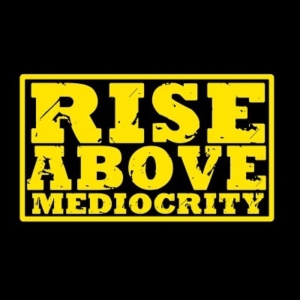
Several year ago, Wells Fargo created millions of fake bank and credit card accounts. In an interview with CNN, Wells Fargo’s CEO Tim Sloan said, “This happened because we had a compensation plan that drove inappropriate behavior. Our culture focused on selling product vs. providing the right service and advice to customers, which was uncomfortable for our team members.”
Employees were so uncomfortable that they began calling the company’s Ethics hotline and reporting the indiscretions, only to be fired. In addition, more than 5,000 employees involved in the scandal have been dismissed, even though they were acting at the direction of management. The CEO at the time, John Stumpf, announced his decision to retire.
Shortly thereafter, Stumpf appeared at a Senate hearing where he apologized, but also gave the impression he wasn’t fully in charge of the company. Funny, because in a 2015 Fortune interview Stumpf called himself the “keeper of our company’s culture.” He was right about that – there is no single person who sets the stage more for how we do things here than the CEO. However, Stumpf did not take this enormous responsibility seriously.
And herein lies the problem that many companies face today. Even though CEOs are the keepers of their company’s culture, they don’t “keep” it at all – they outsource it to Human Resources (HR) and then seem perplexed as to why it’s dysfunctional. The issue has nothing to do with HR’s competence and everything to do with the fact that although HR “owns” culture, they don’t own the people who have the greatest impact on culture change: managers. CEOs can get managers to do things that HR cannot, so in order to re-engage a workforce, your CEO and managers must be involved in your engagement strategy.
What Can I Do? Traditional approaches to employee engagement don’t work. And what is the most popular traditional approach? Outsource culture change to HR. If this is your company and you are tired of getting mediocre results year after year, then the answer is simple – you need to do things differently. Where do you begin? The first step is getting a senior leader onboard and then gathering data to know exactly what needs to be addressed. Why? Because if this CEO cares about this, everyone else will too. And, analytics are priceless as they pinpoint the exact areas where you need to focus your engagement efforts. It’s not rocket science, my friends, but you must be willing to change. Are you?


Leave A Comment
You must be logged in to post a comment.